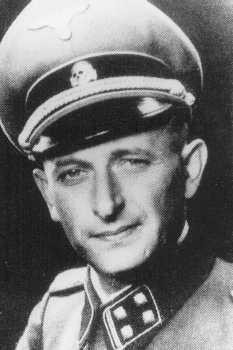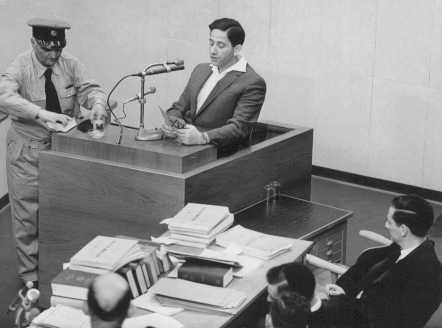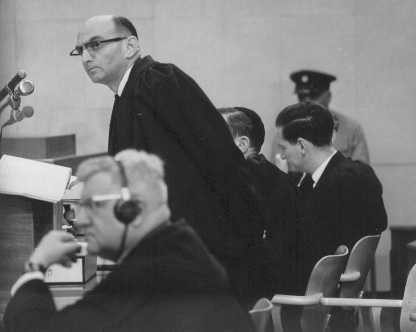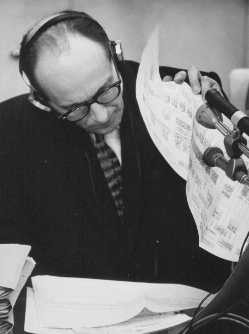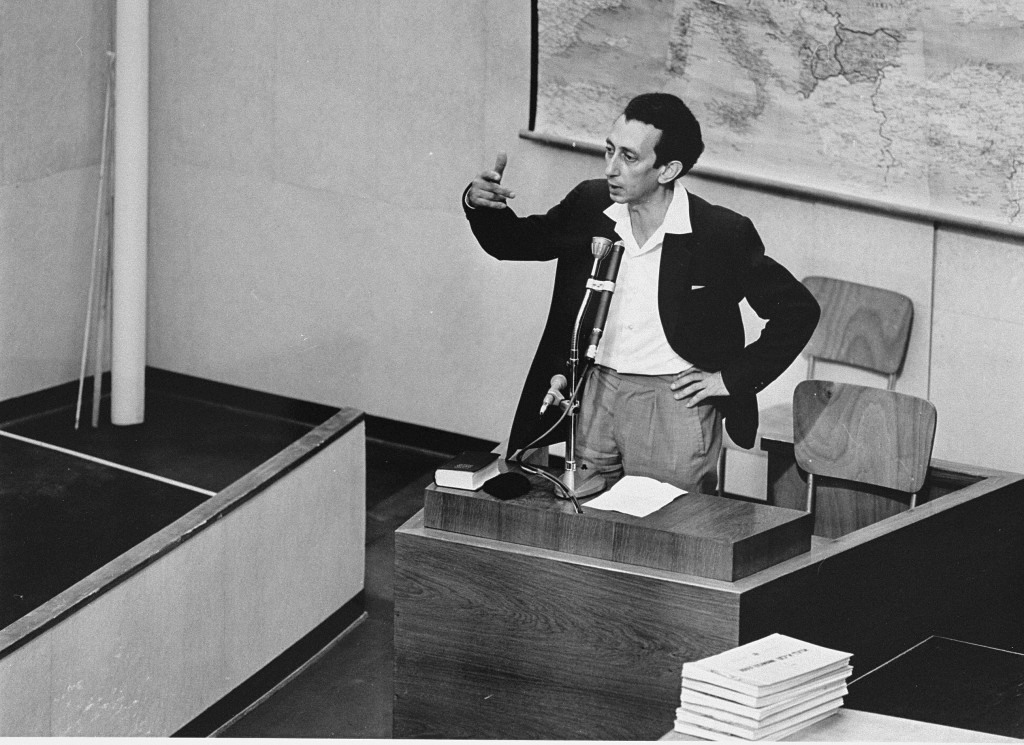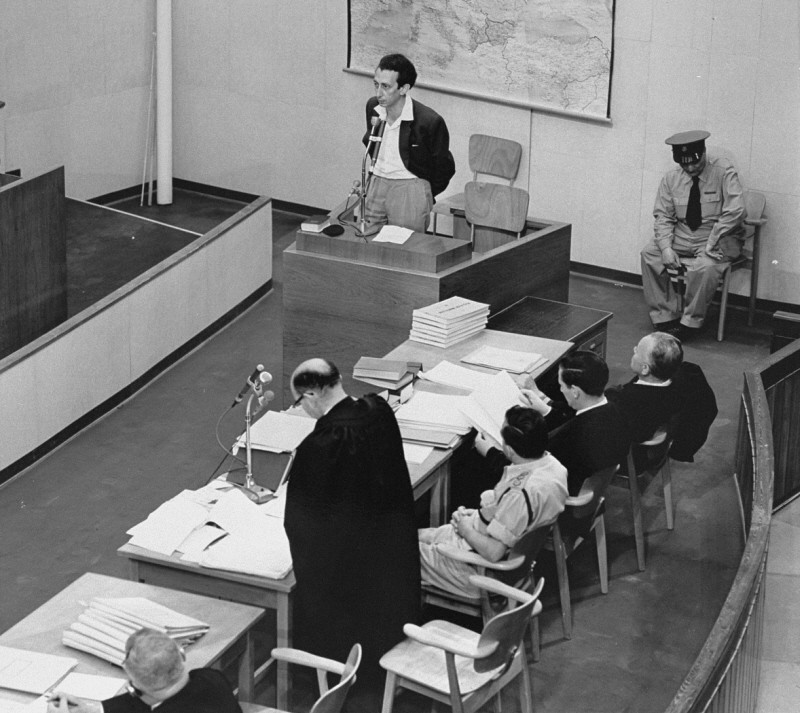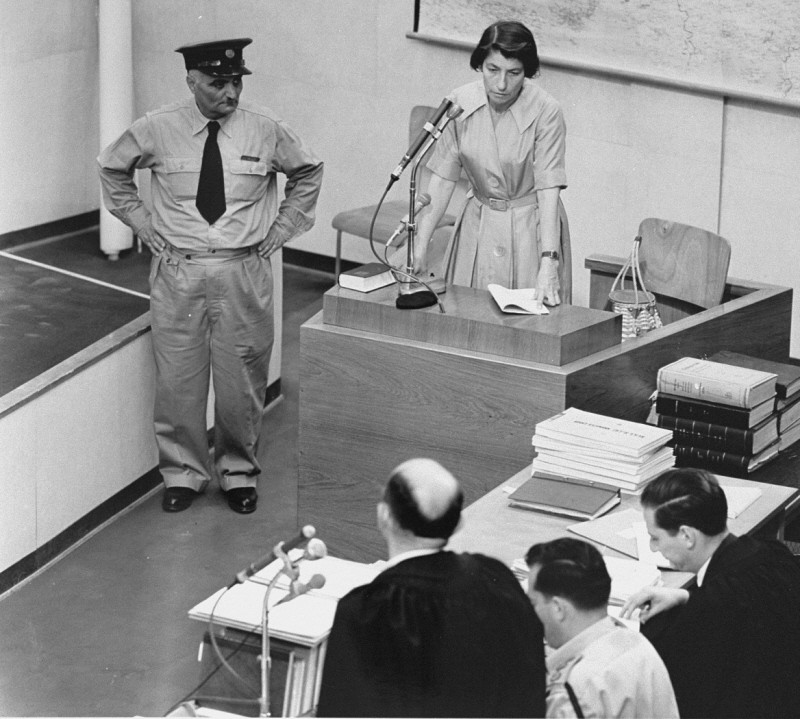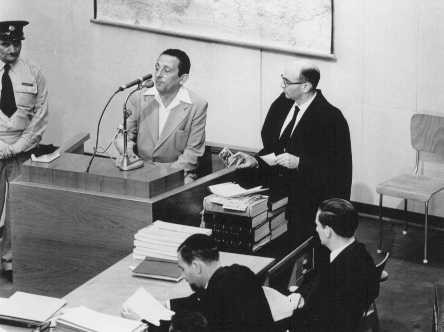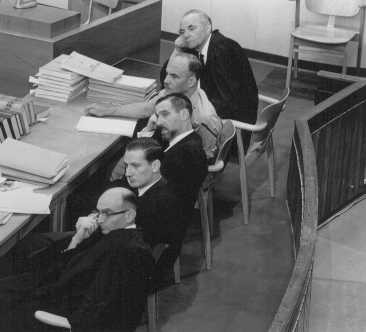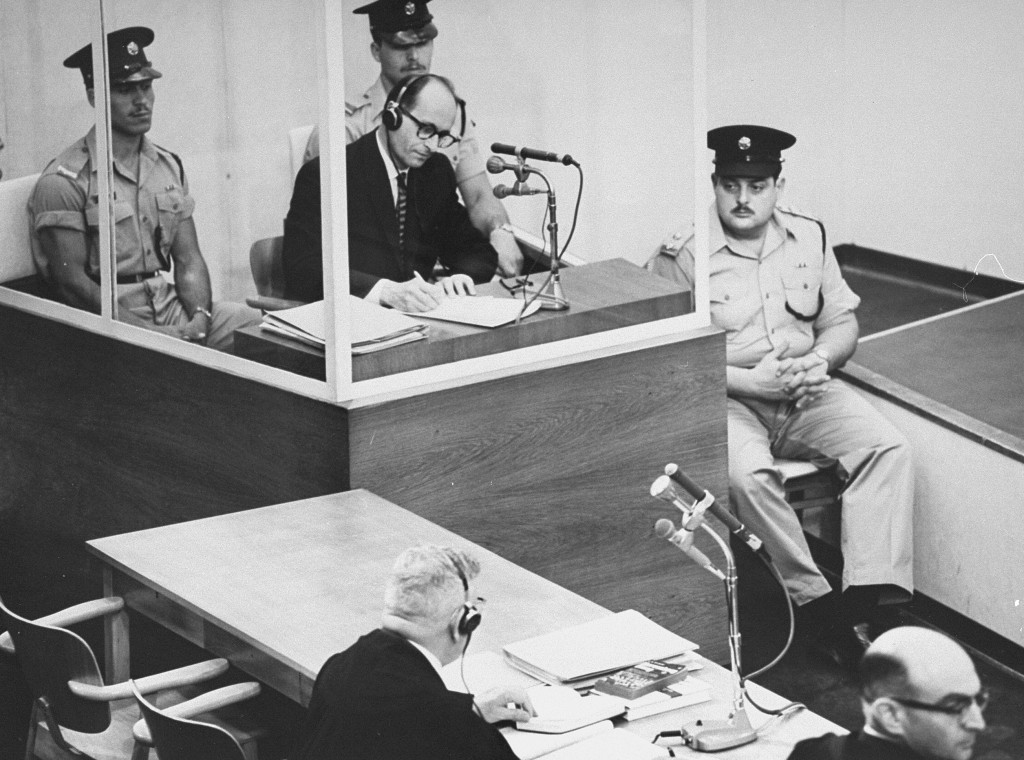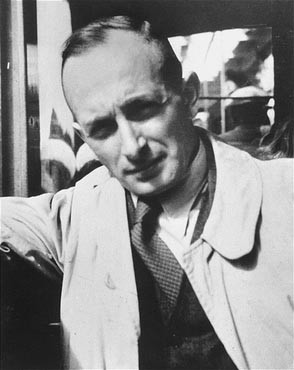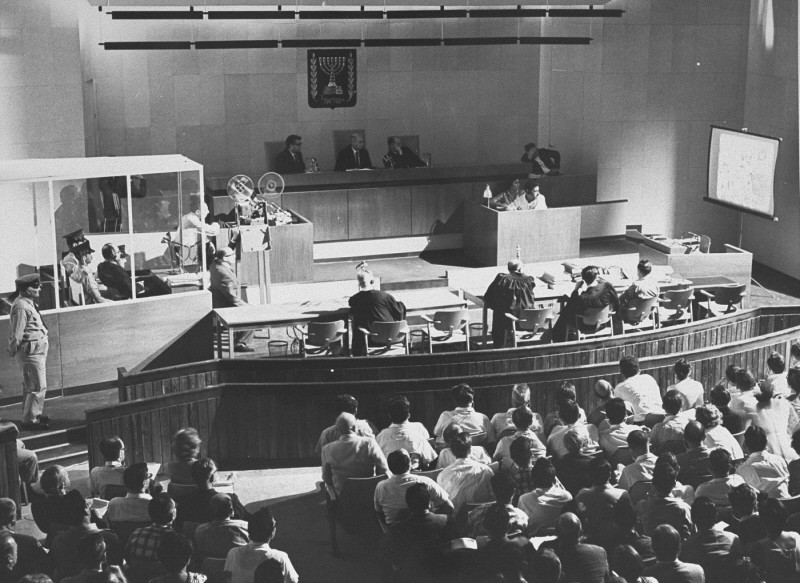
Eichmann Trial
Adolf Eichmann was one of the most pivotal actors in the implementation of the “Final Solution.” Charged with managing and facilitating the mass deportation of Jews to ghettos and killing centers in the German-occupied East, he was among the major organizers of the Holocaust. His 1961 trial in Jerusalem, Israel, sparked international interest and heightened public awareness of the crimes of the Holocaust.
Key Facts
-
1
Adolf Eichmann was one of the most pivotal actors in the implementation of the “Final Solution.
-
2
Many historians date his trial as the time in which the term “Holocaust” and its events became firmly embedded in public consciousness.
-
3
Unlike the International Military Tribunal Trial at Nuremberg and the subsequent Nuremberg proceedings, which relied extensively on written documents, the Eichmann Trial put survivors at center stage.
Who was Adolf Eichmann?
Adolf Eichmann was a high-ranking Nazi German official and war criminal. During the Holocaust, he played a central role in the implementation of the “Final Solution.”
Eichmann organized the deportation of more than 1.5 million Jews from all over Europe to ghettos, killing centers, and killing sites in German-occupied Poland and parts of the occupied Soviet Union. He organized these deportations with a cadre of Nazi officials referred to as “Eichmann-Männer” [Eichmann’s men]. Following the Wannsee Conference in January 1942, he relayed the plans for the “Final Solution” to his network of officials who helped him carry out deportation efforts.
For much of the war, Eichmann’s main role was to organize the logistics of the deportation of Jews. Eichmann made deportation plans down to the last detail. Working with other German agencies, he determined how the property of deported Jews would be seized. He also made certain that the offices he directed in the Reich Security Main Office (RSHA) would benefit from the confiscated assets. In addition, Eichmann arranged for the deportation of tens of thousands of Roma (Gypsies).
In Hungary, Eichmann involved himself directly on the ground in the deportation process. From late April until early July 1944, Eichmann and his aides deported approximately 440,000 Hungarian Jews, mostly to Auschwitz.
Escape to Argentina
After World War II, Eichmann was arrested by American authorities and held in detention camps for SS members. However, he succeeded in evading suspicion by using fictive identity papers.
When he learned that his true identity had been discovered, Eichmann escaped from a work detail. He eventually succeeded in fleeing Europe to Argentina, where he lived under the assumed name Ricardo Klement. He was eventually joined by his family. Eichmann lived quietly and worked in a Mercedes-Benz factory in Buenos Aires.
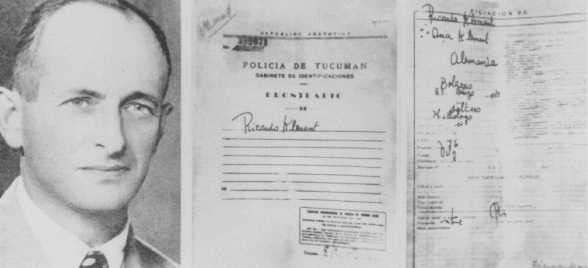
Capture by the Israelis
Tipped off by German justice official Fritz Bauer concerning Eichmann’s whereabouts, Israeli officials initiated a plan for his capture. Because Argentina had a history of denying extradition requests, Israeli Prime Minister David Ben-Gurion made the decision to secretly capture him. On May 20, 1960, officers from the Israeli foreign intelligence service (Mossad) seized Eichmann outside his residence at 14 Garibaldi Street and took him to Israel. Eichmann’s seizure by Mossad became an international incident, with Argentina protesting a violation of its sovereign rights to the United Nations Security Council before the dispute was smoothed over.
The Trial
The Eichmann Trial was held before a special tribunal of the Jerusalem District Court. It began on April 11, 1961.
Charges
The legal basis for the charges against Eichmann was the 1950 Nazi and Nazi Collaborators’ Punishment Law. This law allowed Israeli courts to punish Nazi perpetrators for crimes against Jews during World War II. Israeli attorney general Gideon Hausner signed a bill of indictment against Eichmann on 15 counts, including crimes against the Jewish people and crimes against humanity.
Eichmann was also charged with membership in the Storm Troopers (SA), Security Service (SD), and Gestapo, all of which had been declared criminal organizations in 1946 in the verdict of the Nuremberg Trial. As head of the RSHA’s section for Jewish affairs, Eichmann coordinated with Gestapo chief Heinrich Müller on a plan to expel Jews from Greater Germany to German-occupied Poland, which had set the pattern for future deportations.
Defense
Eichmann testified from behind a glass booth in order to protect him from possible assassination. He asserted that he had not dictated policy, but only carried it out—that he was “merely a little cog in the machinery” of destruction. In his last day of testimony, he admitted that while he was guilty of arranging the transport of millions of Jews to their deaths, he did not feel guilty of the consequences.
Verdict and Sentence
Eichmann followed the common plea of Nazi perpetrators that he was only following the orders of others. However, Eichmann’s judges concluded that he had been a key perpetrator in the genocide of European Jewry.
On December 11–12, 1961, Eichmann was convicted of crimes against the Jewish people, crimes against humanity, war crimes, and membership in a criminal organization. He was sentenced to death on December 15.
On June 1, 1962, Eichmann was executed by hanging. His body was cremated and the ashes were spread at sea, beyond Israel's territorial waters. The execution of Adolf Eichmann remains the only time that Israel has enacted a death sentence.
Legacies of the Trial
The Eichmann Trial aroused international interest in the events of the Holocaust. The proceedings were one of the first trials widely televised, and brought Nazi atrocities to a worldwide audience. Many historians date the Eichmann Trial as the time in which the term “Holocaust” and its events became firmly embedded in public consciousness.
Unlike the International Military Tribunal Trial at Nuremberg and the subsequent Nuremberg proceedings, which relied extensively on written documents, the Eichmann Trial put survivors at center stage. Testimonies of Holocaust survivors, especially those of ghetto fighters such as Zivia Lubetkin, generated interest in Jewish resistance. The trial prompted a new openness in Israel; many Holocaust survivors who had heretofore remained silent about their experiences felt able to share their experiences as the country confronted this traumatic chapter in the lives of many of its citizens.
Critical Thinking Questions
- Investigate Eichmann’s central role in the crimes of the Holocaust and how he rose to his position.
- Beyond the verdict, what was the impact of the Eichmann Trial?
- Why are Nazi war criminals still pursued and tried so many years after the Holocaust?


